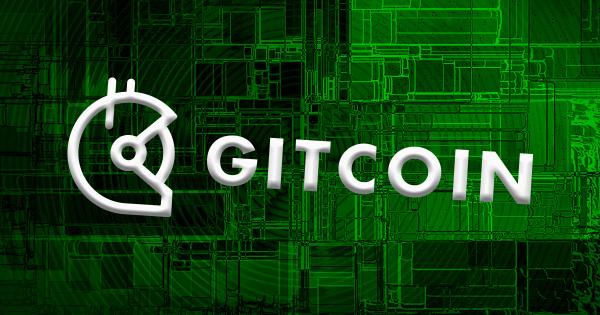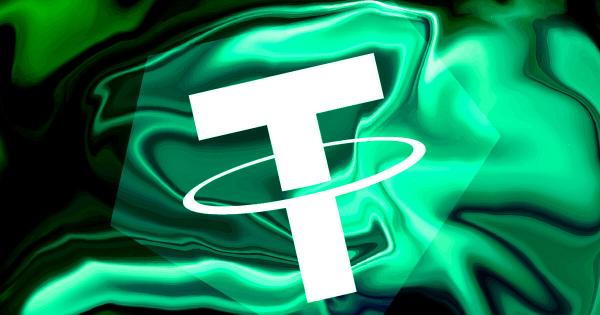Kinetix eyes GMX’s path, aims to revolutionize Kava Chain with perpetual swaps

GMX launched in early September 2021 as a decentralized perpetual exchange offering swaps and leverage trading and it made a big splash in the DeFi community.
If you haven’t heard about GMX, let’s get you up to speed: GMX’s launch on Arbitrum was seen as a major DeFi milestone. Aside from proving Arbitrum as an effective Ethereum L2 scaling solution, GMX stood out for two big reasons:
The first DEX and perpetual market to launch on the Arbitrum ecosystem.
A shared liquidity pool system minimizes price impact on trades of all sizes without affecting the market price.
Within a month of launch, GMX grew its TVL to over $30 million, averaging ~$1.4 million in daily trades. GMX has evolved into a liquidity mining program, an NFT marketplace, and a yield farming platform. Its ongoing growth puts it at TVL of over $450 million and boasts a 24-hour trading volume of $1 million at the time of writing.
GMX’s growth and adoption also accrued value to the GMX token. The GMX token market price on Sept 13th of 2021 was $14.74. One month later, it was $22.33. A year later, it is $46.27, and at the time of writing, it sits at $36.66 — a more than 200% price appreciation since launch.
Looking back, it’s safe to say that GMX’s launch on Arbitrum was a great success. Demand for a decentralized perpetual market on Arbitrum was and still is – high.
But why did a perpetual market and shared liquidity pool system impact Arbitrum’s growth? And what does this have to do with Kinetix and Kava Chain?
Perpetual Propulsion
The evolution of DEXs and derivatives markets (like perpetual swaps) in crypto presents builders with novel tools to push DeFi forward and provide users with incentives for early adoption.
Kinetix Finance, a state-of-the-art v3 perpetual DEX, brings the same potential to Kava Chain that GMX brought to Arbitrum. The flywheel effect works like this: the launch of the first DEX and perpetual market protocol on an ecosystem creates positive market sentiment, which accelerates liquidity growth and user activity on the protocol and, by extension, its ecosystem.
GMX offered Arbitrum users the flexibility of perpetual swaps without an expiry, so it drew a larger pool of seasoned and novice traders into the ecosystem, contributing to more liquidity and activity.
This led to a surge in the TVL, reflecting a heightened capital allocation within the Arbitrum ecosystem. The non-expiring nature of GMX’s perpetual contracts stimulated higher trading volumes among these new users, who could adjust their positions without being bound by contract end dates.
This heightened activity enhanced the overall liquidity of Arbitrum and incentivized more people to onboard and participate in the Arbitrum ecosystem.
So why is Kinetix Finance ripe to experience the very same flywheel effect?
The Kinetix v3 DEX & Perpetual Market
The Kinetix team is building from their past successful experience with Quickswap, the largest DEX on Polygon for over 3 years, which at its peak had ~1.5 billion in TVL and ~1 billion in 24h trading volume.
For their next venture, they’ve decided to build on Kava Chain, a layer-1 blockchain that combines the speed and interoperability of Cosmos with the developer power of Ethereum.
Kinetix aims to be a one-stop DeFi hub, but its advanced tools also unlock sophisticated trading strategies that have never existed on the Kava or Cosmos ecosystems.
At launch, Kinetix will be a v3 DEX (similar to Uniswap v3), making the first decentralized trading venue with a shared liquidity system. But for power users, it will also have a perpetual swaps market (based on QuickPerps, a GMX fork) for leveraged trading.
The Kinetix perpetual market gives advanced traders access to powerful trading strategies and benefits, including:
Margin trading: Trade with up to 50x leverage for amplified profits (or losses).
Copy trading: Learn from the best by copying the trades of other traders.
Hedging: Reduce risk by taking offsetting positions in different assets.
Safer liquidations and better price execution: Dynamic liquidation price, frequent price updates, and more efficient keeper bots.
No hidden spread: No markup on asset prices.
Cross-usable assets: Enter and exit positions with different assets.
Intuitive UI: User-friendly interface for easy trading, with robust analytics charts.
No slippage and zero-impact trades: Get the price you want when you place an order.
Reduced liquidation risks: Scam wick protection, circuit breaker, and dynamic liquidation price.
Built-in impermanent loss protection: Protect your liquidity provider positions from impermanent loss.
Long and short positions: Reduce volatility and balance out the market.
Improved price discovery for underlying assets: Traders can trade 24/7, leading to better liquidity and more accurate pricing.
At launch, Kinetix will support $KAVA and $USDT, with more assets like $wBTC, and $wETH added soon.
Is Kinetix The Next GMX?
Although it is impossible to catch lightning in a bottle, the Kinetix team’s previous experience with Quickswap and Quickperps (a GMX fork) has given them direct experience of what contributed to its success.
Kinetix is launching with the same two major factors that Quickswap had: it is the first shared liquidity DEX and the first perpetual swap market on the Kava Chain and Cosmos ecosystems. Only time will tell if the same outcomes will follow.
At the end of the day, DeFi wants to transform the global TradFi systems and bring financial inclusion, transparency, and innovation to the world.
But one does not simply ‘transform’ traditional financial systems.
Central banks, commercial banks, and stock exchanges have an iron grip on the accounts, wallets, and piggy banks of most people looking to save or build wealth. People trust the authority of the big TradFi brand names. They know how they work, feel safe and protected by old regulations, and use them almost without thinking. They don’t know any other way.
But despite TradFi’s tight grip over our finances, many scrappy degens, devs, and early adopters are taking the risk and building or using state-of-the-art DeFi protocols like GMX and Kinetix to make this future a real possibility. Some find the risk-to-reward ratio worthwhile; some don’t.
With all the risks of building and using DeFi early, the reward — besides potential financial upside — is that the total of all the activity and liquidity that flows from TradFi to DeFi shows the rest of the world what they’re missing.
Follow Kava Chain and Kinetix on X (formerly Twitter) for the latest updates and announcements.



